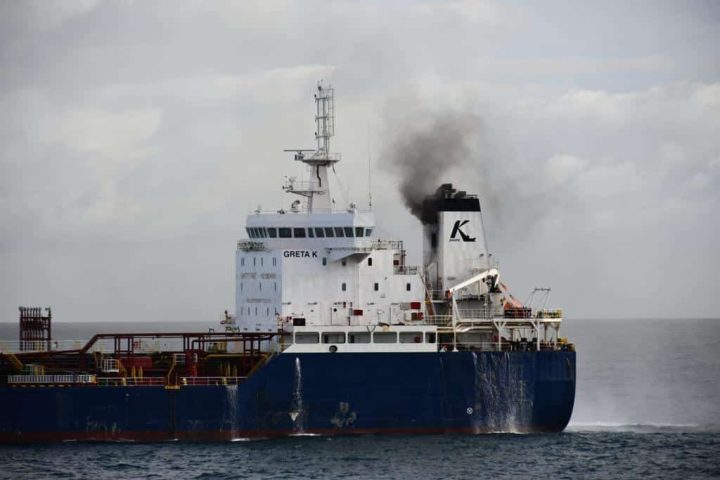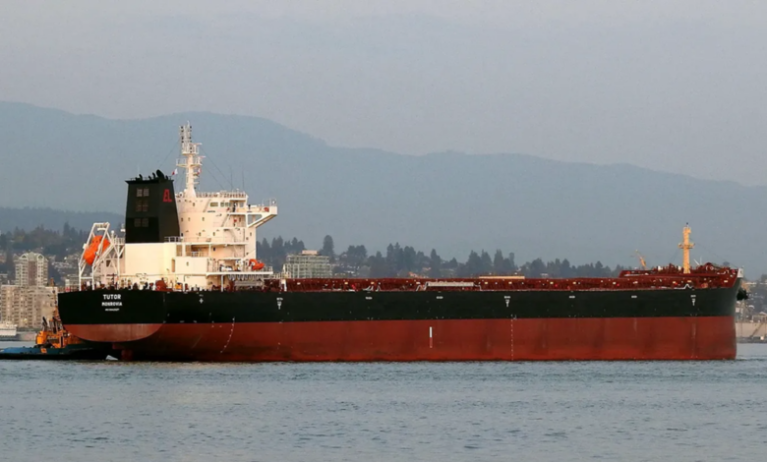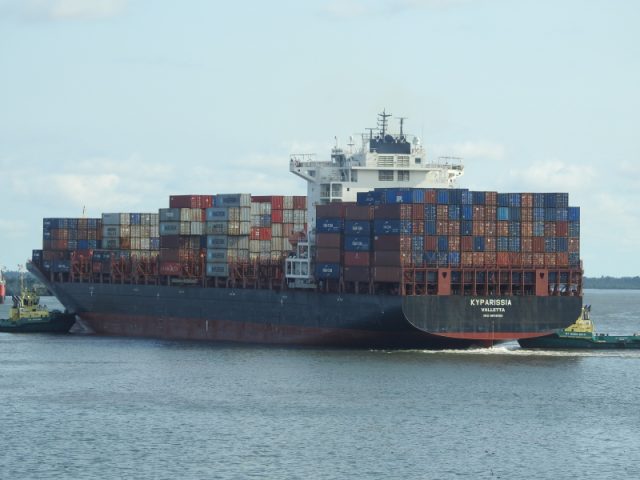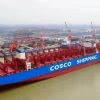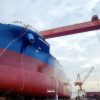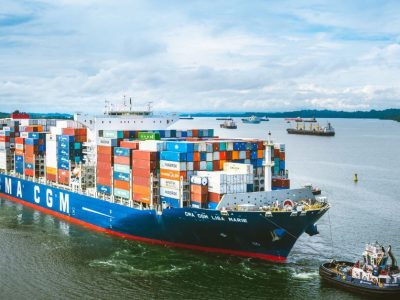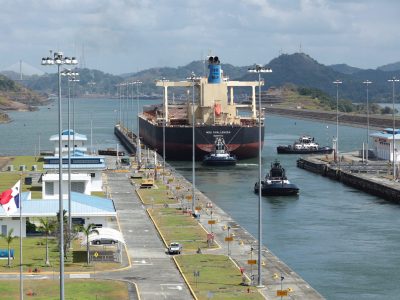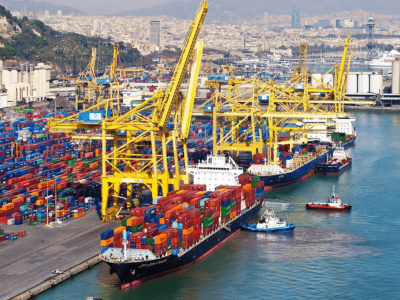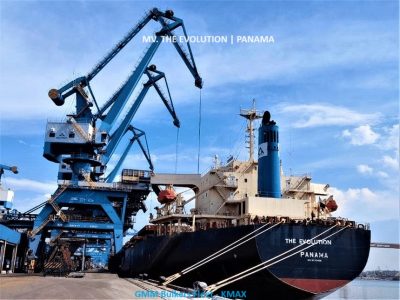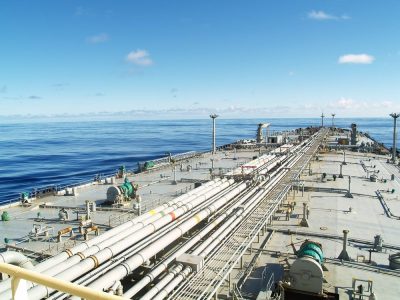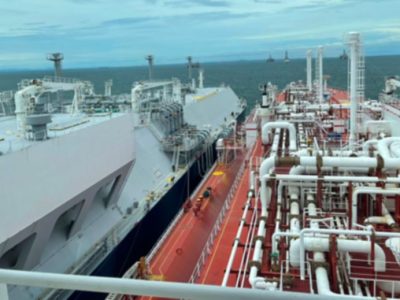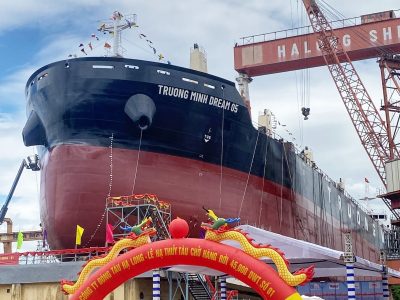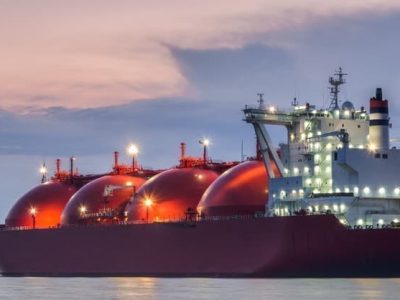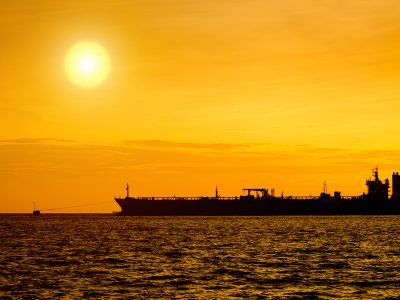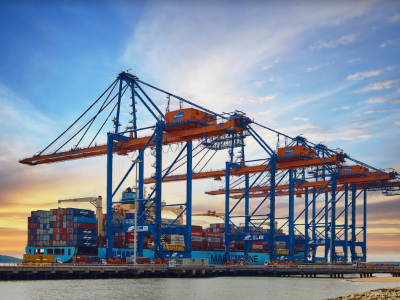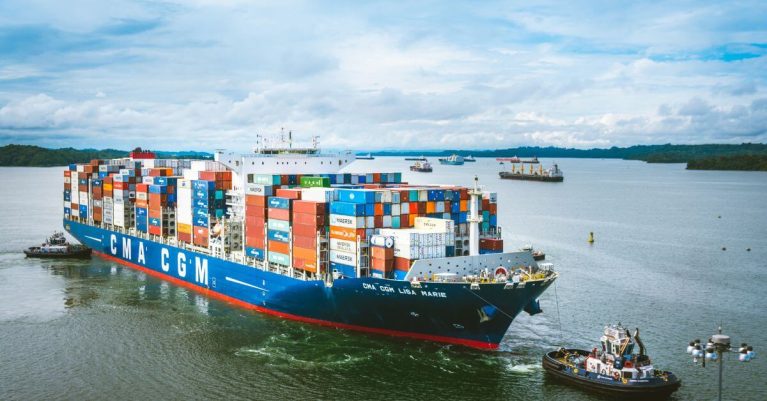GMM Safety | 2024-08-05 | Case Incidents |
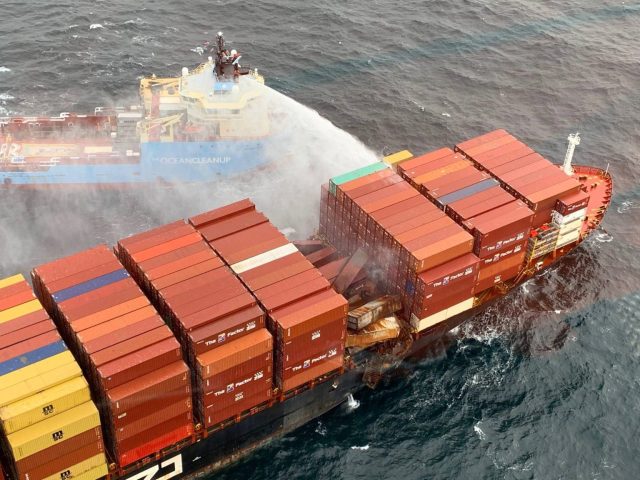
The Transportation Safety Board of Canada (TSB) has raised serious concerns about Canada’s marine emergency preparedness following its investigation into the 2021 loss of containers and fire aboard the containership ZIM Kingston.
The incident, which occurred off Vancouver Island, British Columbia, revealed critical gaps in the nation’s ability to respond to marine emergencies.
On October 21, 2021, the ZIM Kingston, owned by Danaos Shipping (NYSE: DAC) and on charter to ZIM (NYSE: ZIM), lost 109 containers overboard due to severe parametric rolling while drifting in heavy weather outside the Juan de Fuca Strait as it awaited anchorage. The vessel had 21 crew members on board at the time. Approximately 36 hours later, a fire broke out in a damaged container holding dangerous goods while the vessel was anchored off Victoria, BC. The fire spread to nearby containers and burned for five days before being extinguished.
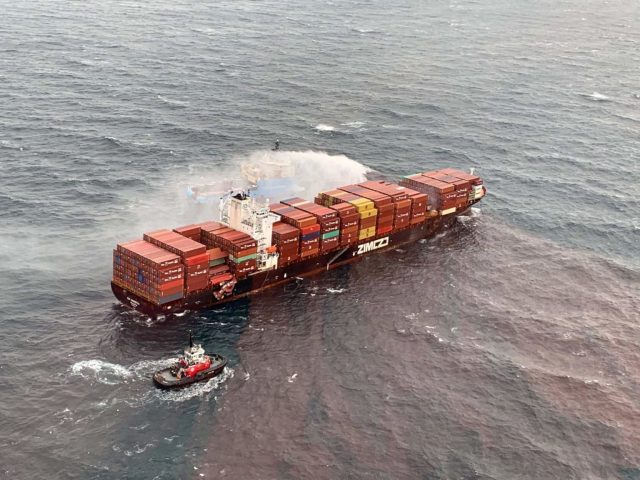
Model testing during the investigation confirmed that parametric rolling was the cause of the container loss. The revealed that although guidance material to identify the risk of parametric rolling is generally available to the industry, it was not on board the ZIM Kingston. The investigation also highlighted inconsistencies and inadequacies in bridge crew training and the adoption of procedures and tools to manage parametric rolling. The TSB noted that while the International Maritime Organization is taking steps to update industry guidance, the process will take time.
The TSB has expressed concern that the lack of up-to-date comprehensive guidance might lead to ineffective or absent company policies, procedures, tools, and training for managing parametric rolling.
The incident also highlighted Canada’s challenges in managing marine emergencies requiring additional assistance. Unlike the U.S., the TSB highlighted that Canada lacks mandatory pre-arranged emergency response plans and the Coast Guard does not engage in marine fire response or have fire suppression capabilities. In this case, the emergency response was initiated due to happenstance, including pre-arrangements made by the vessel’s manager and the presence of two adequately equipped vessels nearby— the anchor handling tugs Maersk Tender and Maersk Trader which just so happen to be in the area.
“The emergency response that followed was initiated mainly due to incidental, but fortunate, circumstances. It is important not to mistake this luck for emergency preparedness, as the next time, we might not be as lucky,” says TSB Chair Kathy Fox. “There needs to be more urgent and effective action to address marine emergencies in Canadian waters.”
Following amendments to the Canada Shipping Act, 2001, the Governor in Council can now make regulations regarding emergency arrangements for vessels. While Transport Canada is developing regulations to require emergency response arrangements, they are not expected to be in place until 2028.
“We know from past experience that developing regulations could take substantially longer than anticipated, but there’s no need for that. It’s a matter of priorities, and surely it can be done much quicker,” Fox added.
The TSB remains worried about the gaps in Canada’s preparedness for marine emergencies that surpass the response capacity of a vessel’s crew, posing risks to vessels, the environment, and public health and safety.
As part of the investigation, the TSB issued two safety concerns related to the risk of parametric rolling leading to container loss, and gaps in Canada’s preparedness for marine emergency response.

